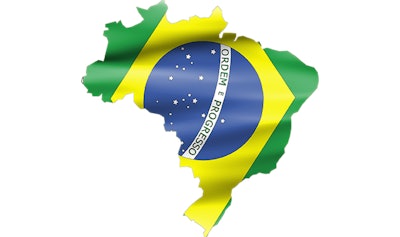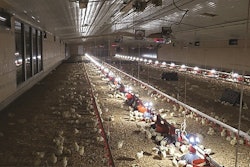
Exports of poultry from Brazil appear to be on a record-setting pace for 2022, despite reduced shipments to two major markets.
According to the most recently released Rabobank Poultry Quarterly report, Brazil’s poultry exports remain strong in 2022, even though China, which is the largest destination for Brazilian poultry, imported 3% less during April. Also in April, exports to Saudi Arabia dropped 45%.
However, there are numerous other markets that are purchasing more Brazilian poultry to more than make up for those reduced volumes to China and Saudi Arabia.
The Rabobank report noted that the United Arab Emirates (UAE), the Netherlands, the United Kingdom (U.K.), the Philippines and South Korea have all increased their shares of Brazilian poultry. These increases are a positive development for Brazil, reducing Brazil’s dependence upon Chinese purchases.
However, potentially the most promising market for Brazil is Mexico, which recently lifted the suspension of import duties on 26 basic goods – including poultry.
There are also other opportunities for poultry from Brazil, as numerous countries are dealing with outbreaks of highly pathogenic avian influenza (HPAI), as well as food price inflation.
With all of these factors taken into account, Rabobank is projecting that there will be an 4-5% increase in poultry exports from Brazil for the year.
Price of Brazilian poultry
Rabobank’s projection for increased poultry exports from Brazil comes in spite of an increase in the prices. For April alone, the average price increased 27% on a year-over-year basis.
The live prices for broilers have been on the rise since December 2021, but they did fall slightly in May.
Feed prices
The Brazilian poultry industry has also benefitted from lower feed prices, which began to decline in the second quarter. Prices are currently down 5% when compared to the same time one year ago, the report stated.
See a related story about Rabobank's evaluation of the poultry industry in China.


















